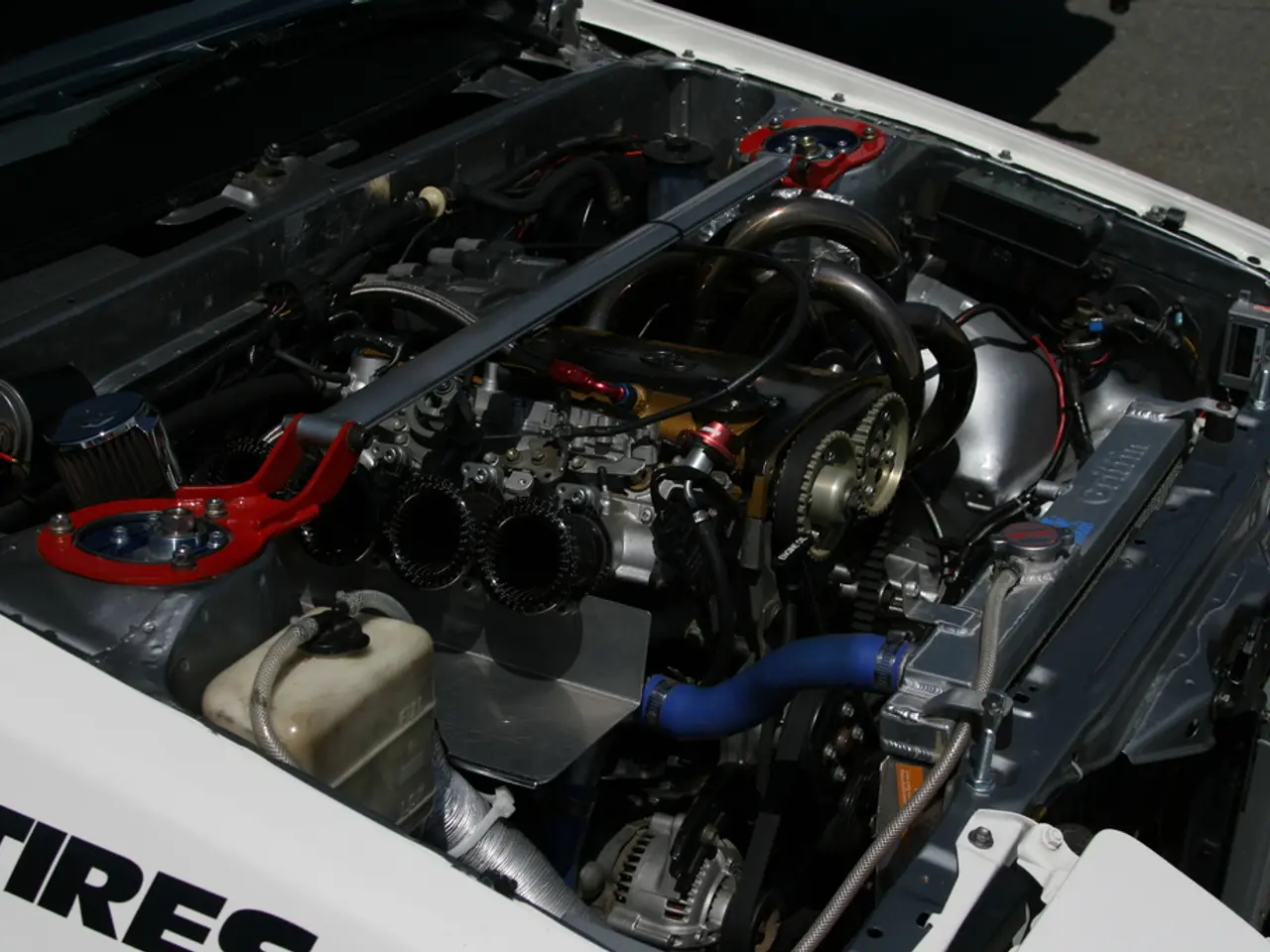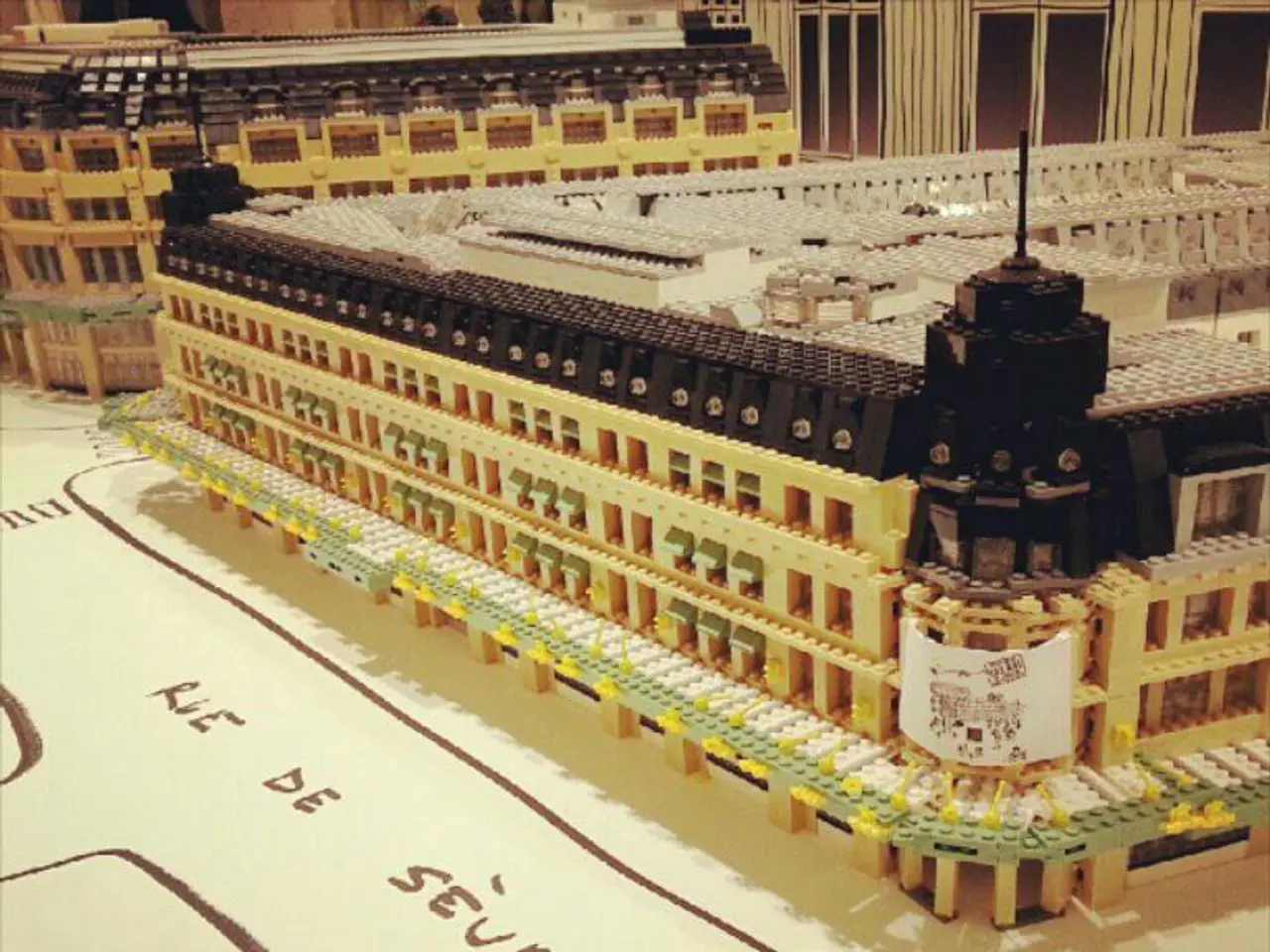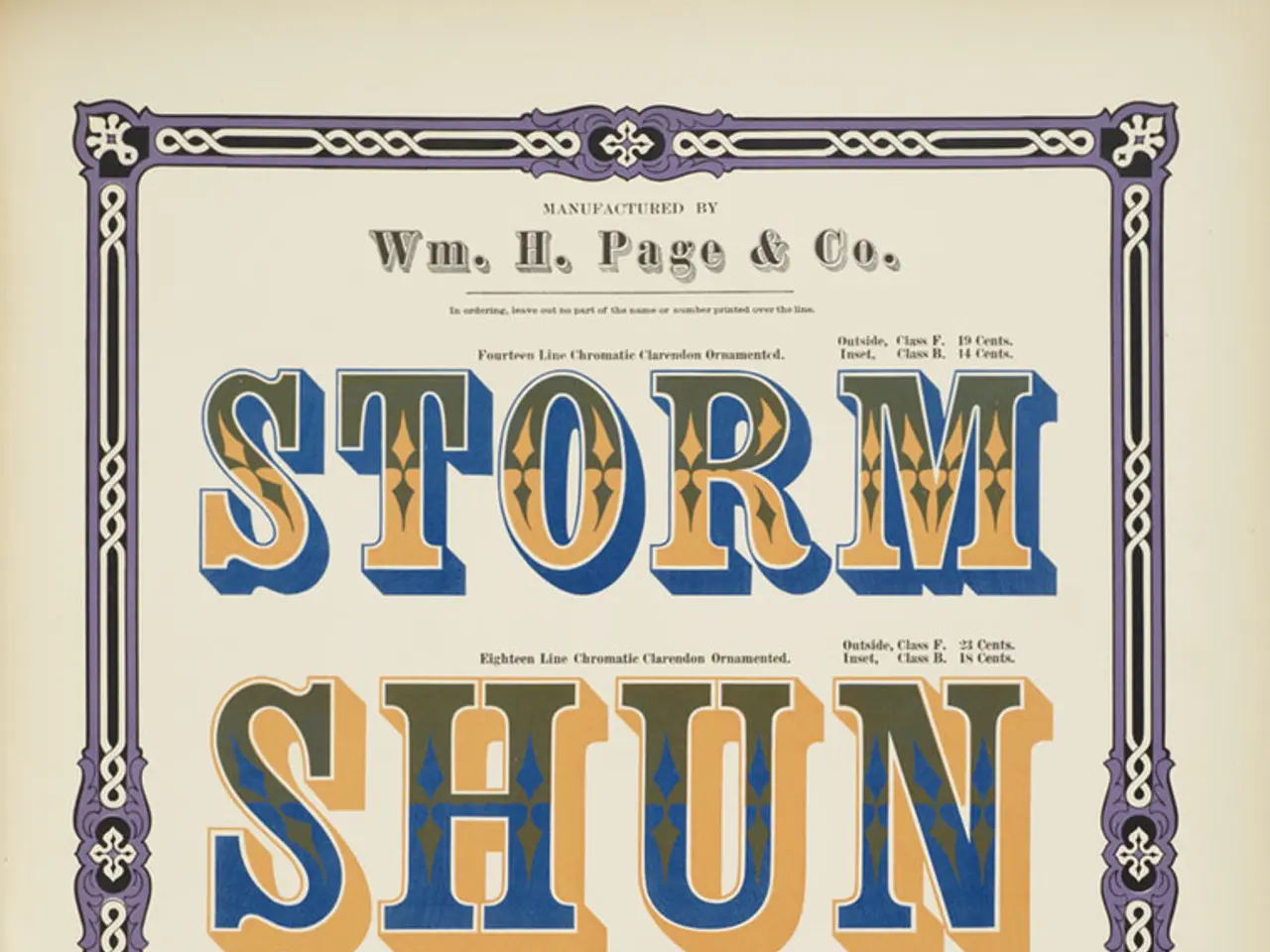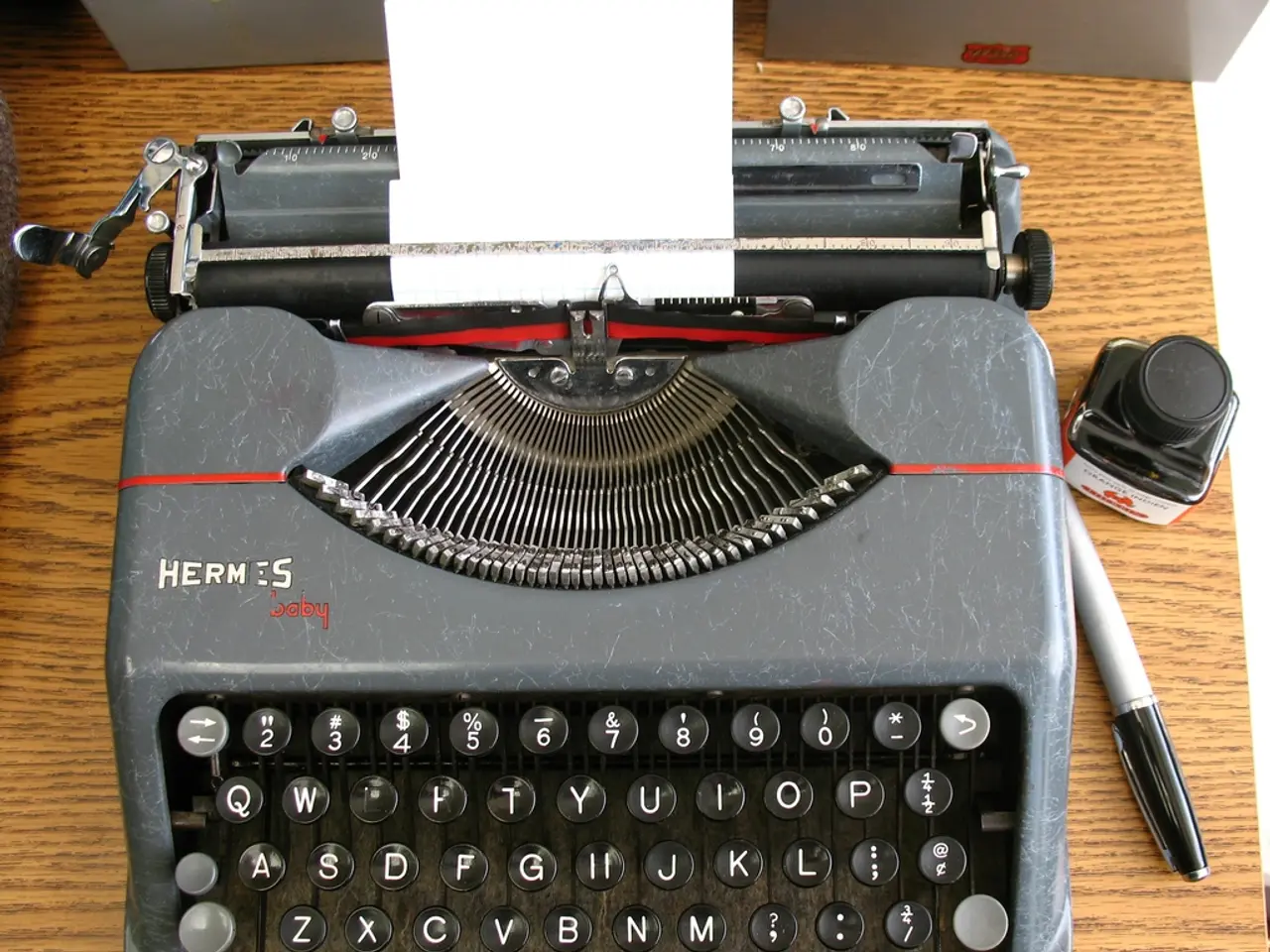Tesla approaching final stages of constructing its initial U.S.-based LFP battery manufacturing facility.
**Tesla's New Lithium Iron Phosphate (LFP) Battery Factory in Nevada: A Strategic Advancement**
Tesla is set to open its first Lithium Iron Phosphate (LFP) battery cell manufacturing facility in Sparks, Nevada, marking a significant step in the company's quest for supply chain independence and cost reduction.
The expansion of Gigafactory Nevada includes the LFP battery cell manufacturing facility, which will primarily supply Tesla’s Megapack and Powerwall products. LFP chemistry is ideal for stationary energy storage due to its safety, long lifecycle, and lower production cost, making it a perfect choice for Tesla's energy storage solutions.
With the new factory, Tesla will reduce its reliance on foreign-sourced batteries, particularly those currently imported from China. This localization enhances supply chain resilience by minimizing risks associated with geopolitical tensions and trade conflicts.
Producing LFP cells domestically is expected to cut costs compared to importing Chinese cells. Some Tesla patents suggest these U.S.-made cells could be cheaper than their Chinese counterparts. Additionally, the facility enables Tesla to benefit from U.S. manufacturing tax credits such as the 45X credit, which can support reduced vehicle prices and new product offerings.
The facility also opens the door for Tesla to reintroduce LFP battery cells in electric vehicles sold in North America. Previously, Tesla paused sales of its standard-range EVs using LFP batteries domestically because imported cells disqualified those vehicles from federal EV tax incentives. With U.S.-made cells, Tesla can now offer affordable, credit-eligible models again.
Tesla's investment in this facility is part of its broader expansion of Gigafactory Nevada and its broader expansion in the U.S., contributing to its investment of nearly $10 billion in domestic facilities during 2024 alone. This expansion strengthens Tesla’s manufacturing presence in the U.S., supporting job creation and economic growth in the region.
The plant helps Tesla avoid steep tariffs on Chinese battery imports, which have fluctuated and could increase due to ongoing trade tensions. By breaking free from dependence on Chinese battery suppliers, Tesla secures greater control over its critical battery supply chain and technology development.
Increased production capacity is another benefit of the new factory, with Tesla aiming for about 10 GWh of LFP cell production annually at this facility. This will supplement its existing energy storage capacity and could eventually support vehicle production.
Domestic LFP production may enable Tesla to offer more cost-competitive EVs and energy storage solutions, strengthening its position in key North American markets. Many people were not aware that Tesla was building its own LFP cell plant in the U.S., but this strategic move is poised to make Tesla more competitive and resilient in the face of global market challenges.
- The new Lithium Iron Phosphate (LFP) battery cell manufacturing facility in Sparks, Nevada, will allow Tesla to invest in domestic finance by qualifying for U.S. manufacturing tax credits, such as the 45X credit, which could support reduced vehicle prices and new product offerings.
- With the LFP battery cell manufacturing facility in Nevada, Tesla aims to diversify its industry partnerships beyond China, reducing reliance on foreign-sourced batteries. This strategic move could also lead to energy savings due to the lower production cost of LFP chemistry.
- The increased production capacity at Tesla's LFP battery plant is expected to lead to technological advancements, as Tesla could potentially use the domestic cells in electric vehicles sold in North America, offering more cost-competitive models and strengthening Tesla's position in the global technology market.




